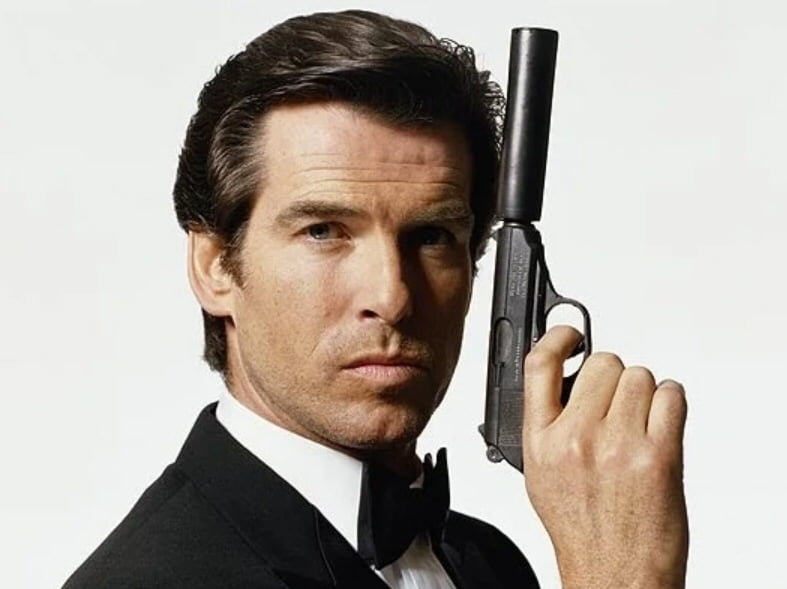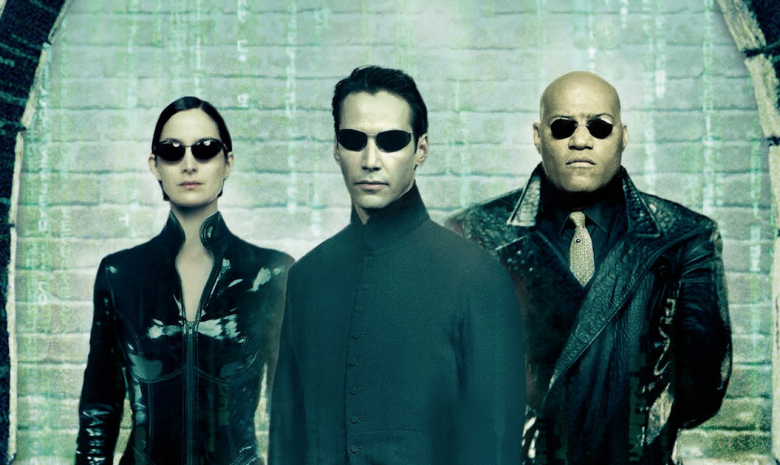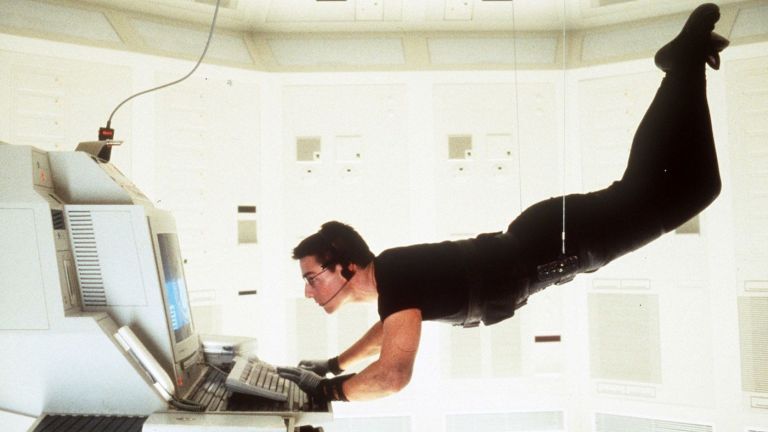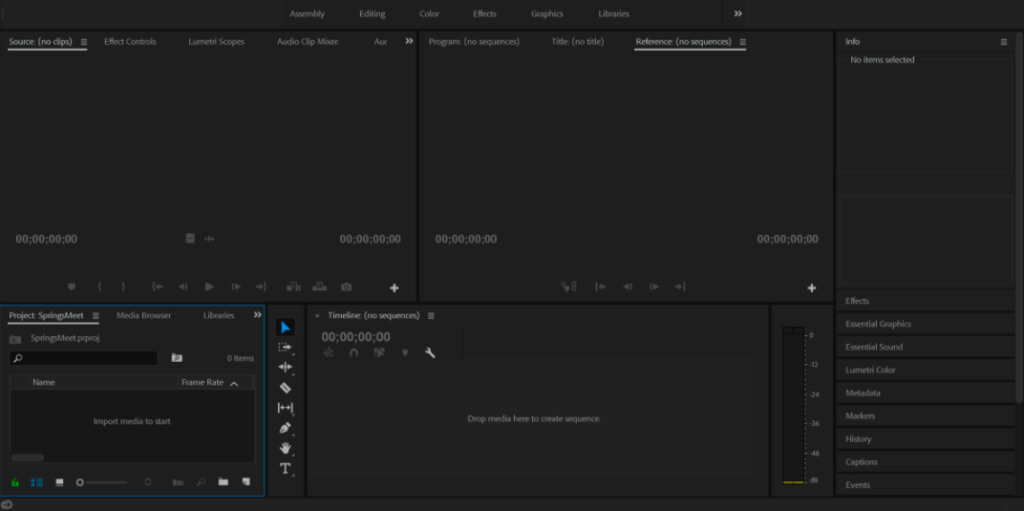Hey, I’m Matt. I currently live in Spokane, WA. I’m married with 4 kids ranging from 3 months to 7 years old. I’ve been self-employed for 6 years now, and my company name came from where we live, which is a 12 acre property just outside Spokane. I graduated with a degree in advertising from Washington State University in 2008, which is the same year we got married.
I wasn’t the best at being a student, so when it came time to pick a college and program I picked Washington State University. It’s a good school, but not a great school (sorry Cougs!) and it was safe, affordable, and I had friends there I could live with.
I’m not proud of it, but this is the truth: I picked advertising as my degree because it was the closest thing to making videos that I could think of, which is what I actually wanted to do.
It ended up being a good decision, and I really enjoyed the program. I also got a minor in Fine Arts and took some extra classes in a new program that was more focused on computers and design that was called DTC (Digital Technology and Culture).
I took darkroom photography, a 3D animation class using Maya, and another class for web design and photoshop. It did great at augmenting my advertising classes, which were focused more on campaigns and market research.

When I graduated in 2008 the timing couldn’t have been worse, since the Great Recession was the beginning of the end for traditional media (print, radio, TV, and outdoor), which is what the advertising program focused on. Internships were already scarce, and now nearly impossible to find, and I didn’t have a great portfolio anyway.
So I stuck around Pullman. I got some experience interning at my church at the time, and then driving transit buses.

But my interest in videography goes back to high school. My friends and I made goofy funny videos in the early 00’s that were inspired by movies like The Matrix, Star Wars, Mission Impossible, and James Bond.
One friend had a Hi8 camera that we shot with and a modestly powerful computer for editing, and editing was the part of the process that really stuck with me.
We spent hours on weekends looking at the footage, his bedroom walls decorated with free AOL CDs that he took. We’d pick the best shots and match them to a song, use masks and green screen effects, add Star Wars sound effects ripped from a CD that another friend had.
It was all really fun, but not the kind of fun that our other friends appreciated. Also my friend learned how to use Photoshop to take individual frames and make a lightsaber, which was pretty impressive for the time.



But after college, my career progress after college was very rocky as I mentioned above.
The ‘08 recession had a huge impact on the advertising industry; Google and Facebook became dominant players largely because of that recession, but it didn’t happen overnight and there were very few opportunities for new grads.
In 2011 we moved to Spokane, and within a couple weeks I found an editor job on Craigslist. It was a casual interview with a few guys working on a documentary to be submitted to Sundance, but we missed the deadline. We did submit it to Cannes, but had to pull it.
Ultimately the film was put on hiatus. The plan was to get paid after it got distribution, and we were devastatingly close to that goal, but for reasons I can’t get into (Sorry to be coy. For those who are curious, the reasons are actually quite boring) we didn’t get the payout we desperately hoped for.
The lead editor is a couple years younger than I am, but super talented in editing and VFX. The year I spent working on the film was a huge learning experience for me, and the time I spent with him was instrumental in my success after the documentary.
I ended up working on the documentary for about 12 months and I was burnt out and broke. I took odd jobs and applied for the few available positions.
I have one vivid memory of driving to an interview for a job and my muffler pipes coming off my car, making a terrible sound. I parked far away from the interview location so they couldn’t hear my car making such a racket, and after the interview I took it to the nearest auto shop where I asked them to just bolt the pipes back to the head.
I’m sure I looked desperate, and was happy to give them $20 and a handshake when they sent me on my way. A few weeks later I got the word that the job went to someone else and I was crestfallen.
I sat in my car at a nearby park and smoked a pipe with some nice tobacco and the window open. A passerby complimented the aroma, which was nice, but that was a bad day.
Basically the next 6-8 months consisted of binging all of Star Trek TNG and Voyager, being a little depressed and barely surviving on income from my wife’s part time job.
In June 2013 I applied to another job on Craigslist, this time for a travel company. In my resume I included a personal project I had just finished with a friend who had recently started his own woodworking business.
It was organic, philosophical, and heartfelt. It was good enough to get me an interview. They liked me and hired me on as one of their full-time in-house videographers. Finally I had a regular paycheck, health insurance, and a retirement plan.
That was the big break I needed, and the “adult” life that had been on hold for my wife and I finally kicked off. We had our daughter the next spring, and bought our house the fall after that.
That brings us to the spring of 2015, and if you’re doing the math my decade of hardship hasn’t quite come to an end. Just shy of 2 years after getting that dream job the company laid me off along with most of the staff, and 6 months later was completely closed.
I admit I had been feeling a little dissatisfied with my job, but it’s so hard to walk away from the security of a regular paycheck. But now I had a choice: Stay in Spokane and try freelancing (there weren’t other in-house positions at the time), or move to a larger metro.
We had been poor before, so why not be poor again? With a 1 year old and 6 months into our mortgage, I started looking for freelance work wherever I could.
Two clients made the difference for me early on: Calarts and Vector Marketing.
CalArts is a popular art school out of Valencia, CA. They paid me a per-video rate to edit videos for online courses they were putting up on Coursera. The next was a direct sales company called Vector Marketing, helping them streamline their new hire training and recruiting.

Starting a new business is hard though, and in those first couple years times were still tough.
I’d ask my wife to wait on putting in that Amazon order, or wait a couple days before going shopping so a check could clear. Finally in 2018 a client came up that provided consistent work, and that’s made a huge difference in my stability for the last couple years. I even share an office with them now!
If I can leave you with two bits of advice from a decade of struggle:
1. Don’t bank your success on the whims of an influential outside party!
2. If you’re running a commercial business like I am, your work needs to be more valuable than what the client pays. That’s how they’ll grow their business, and that’s what will bring them back to work with you again. Repeat business, and relationships built over time, are what has made my business sustainable.
What inspired you to become a videographer, editor and director?
The seed planted in high school was what stuck in my mind as I went to WSU and pursued my degree. The advertising program really encouraged us to pursue agency-model advertising jobs, but when those weren’t available I kinda fell back on my love of videography.
How was the process moving from in-house to full time freelancing?
I didn’t really have a choice. The company let me go, and my wife was at home with our daughter. I needed to make money or move, and chose to try to pursue the dream of working for myself (I never was very good at being an employee). I don’t know which path was riskier, but I’m very happy with where I am now.
How did you get your first client as a freelancer?
My first couple gigs came from Craigslist!
One education company needed interviews of their students for marketing, and another children’s theater group needed a performance shot and edited. Later on I used a gigging platform called Videopixie that was catered to video before Thumbtack, Fiverr, and Upwork took over. Videopixie isn’t much of a resource any more, but it was great for building a client base early on.
What’s your editing process once you have the files?
Let’s assume we have a corporate shoot here.
2 cameras shooting 4k, shotgun mic on external recorder, 3+ lights, and b-roll.
1. First things first, I copy all cards off to my server. I have a Synology NAS with about 70TB right now, and it backs up to Google Drive where I have unlimited storage.

2. Copy media, organize, as needed, import into Premiere.

3. I’ll first create a synced sequence for each subject. So we have “Subject 1 sync”, “Subject 2 sync”, etc.
4. For the b-roll I’ll create a “Selects” sequence. If there’s a lot of b-roll I’ll use Transparent Video slugs over the clips with the slug names changed to remind me what clips are underneath it.
5. Then I duplicate the synced sequences and cut the junk. I call this culling. This results in another batch of sequences “Subject 1 cull”, “Subject 2 cull”, and so on.
6. Duplicate again, this time to sort: “Subject 1 sort”, “Subject 2 sort”…you get the idea. Organizing each interview by topic or whatever is relevant to the project. I use Transparent Video slugs to label each section/topic, renaming it to remind me what the clips underneath it are about.
7. Next is flow: “Video Name flow” or something similar. Usually by this point I have a rough idea of how I want the video to go. I paste all the Sort sequences into the new sequence and start organizing the clips to get the message(s) across. If I need extra help keeping interviews organized, I’ll give each interviewee their own clip color.
8. When I like it, I duplicate again: This is “Video Name edit v1”. I start laying in music and b roll.
9. From here, I’ll create a new version any time I make a significant change or start editing on a new day. If I want to try something different, I’ll duplicate again and name it something like “Video Name alt v1”.
10. When the client likes the video and we’re making the finishing touches, the video finally gets to “Video Name final v1” and the cycle continues. Usually we don’t get past “Video Name final v4” or so.
This is a method I’ve developed that works for me, but it’s not complicated. Sequences are easy to make, and as long as I keep the project organized it doesn’t get messy. I’ve saved myself many hours of frustration by versioning my sequences this way. I can always go back and find something that’s been cut out or missed.
Which platforms & tools do you use?
I mostly use Adobe apps; Premiere, After Effects, Photoshop, Audition. I also own a Blackmagic camera, and Davinci Resolve works great with B-Raw, so I’ve done grading there as well, export a LUT, and use that in Premiere.
Which project or video are you most proud?
I recently finished a series of videos for our local museum, the MAC. When we first moved here I lived across the street from the museum and applied there a couple times for jobs, thinking it would be a great place to have as a client. Finally this spring I got to check that box, creating a series of videos for their fundraiser campaign.
Where can someone see your rates, if they’re interested in working with you?
I don’t publish rates because every project and client have different needs. I’m sorry, it’s so cliche!
But I know some companies that have a minimum project cost; $2k, $5k, $10k, etc. That’s not me.
If you have a couple hundred bucks and I can push out an easy edit on my laptop while watching Schitt’s Creek, that’s fine by me. Or maybe I need to hire a crew and direct a pilot for a tv show. Done that too. What it comes down to is whether it’s worth my time, but that doesn’t always have to be in financial terms.
What’s your advice to freelance editors moving to Spokane?
The community in Spokane is great for the film community and just business owners in general. Not too big, still affordable housing options (depending on your definition of affordable), lots of young entrepreneurs carving out their niche. In normal times there are plenty of opportunities for new folks to participate, network, and build relationships.
The city is growing too, so hopefully that means more work to go around. Eastern Washington University is here too, and they have an excellent film program that has strong local support.
How are you doing today and what does the future look like?
The business definitely took a hit during the pandemic. I worked from home from March to July 2020, and business was down about half compared to the year before, then improved gradually through the fall and into the winter.
I took the opportunity to help my sister do some marketing for her own small business, I did a 2 part pro-bono documentary about a local guy helping restaurants, and spent more time with my wife and kids.
Now business is mostly back to normal, and I’m really excited for the next 6 years. Spokane is growing, my network is growing, and I’m investing in some gear that’s going to allow me to do some next-level work for future clients and projects. However I’m not super active with my web presence so that’s one area with lots of room for improvement.
''Don’t bank your success on the whims of an influential outside party!''




Comments 1
Pingback: How to Get Paid as a Freelancer (Payment Methods) - Taspin.com